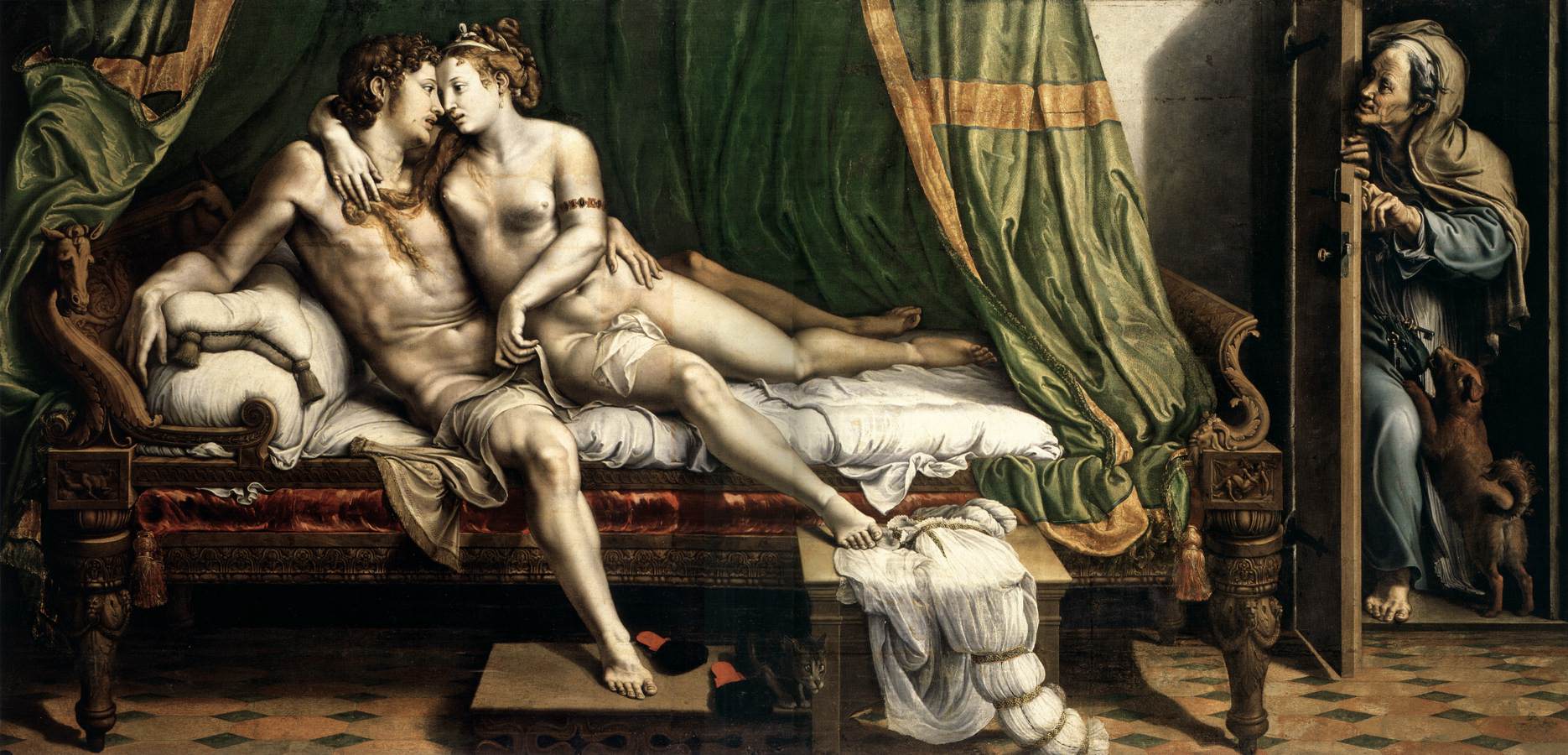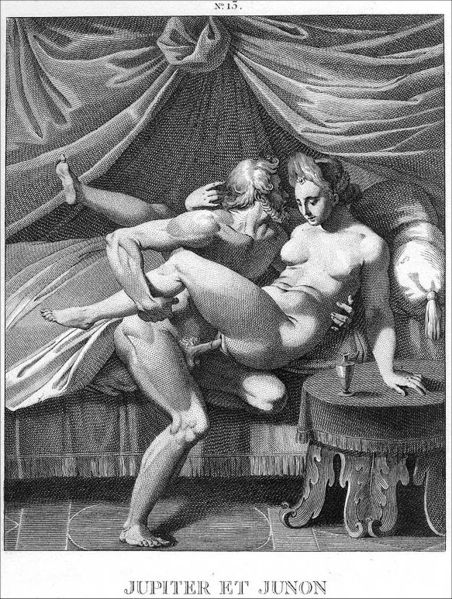'I Modi: the Sixteen Pleasures'

Casanova's and Venice's libertinism did not emerge from a vacuum. I Modi (aka "The Positions") is a notorious book of erotica that became famous in 16th century Italy, as much for being banned as for its racy content. After the Church destroyed early versions in Rome in 1524, within three years copies were in discreet circulation, but the copies again were systematically tracked down and destroyed and almost nothing survives.
While the illustrations were graphic, the key figure behind its success was the influential poet and playwright Pietro Aretino, who wrote the erotic sonnets (Sonetti lussuriosi). These sonnets accompanied the engravings of Giulio Romano's pictures. Such sonnets and pictures would have been circulating privately in Casanova's Venice. The painting below may have been an early prototype:

The illustration below is from a French edition published in 1798. The original artist in the 16th century may have been Agostino Carracci.

The irony, of course, is that Aretino was gay. The early portrait up top is by his friend, Titian, around 1512. It is an amazing painting.
